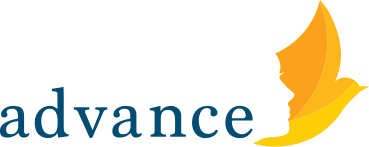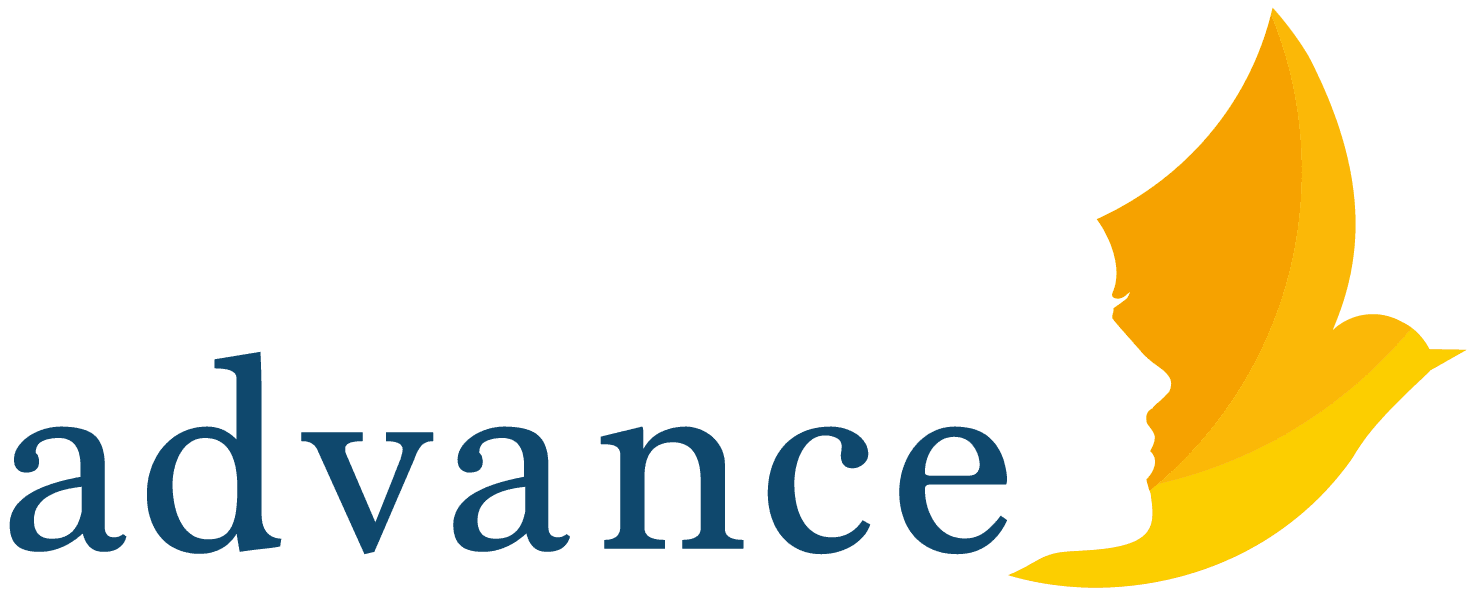Social media provides opportunities for learning, self-expression, and connection beyond their immediate environment, enriching their experiences in many ways. Online dating, too, can be an exciting way to meet engaging and like-minded people. However, these digital spaces also pose significant risks.
Online amplifies gender-based harm
Misogyny has long plagued society, and while progress has been made, online spaces have amplified gender-based harm. We are witnessing a deepening divide in gendered ideals, with online tools being weaponised to groom, exploit, and abuse young women and girls. This issue is not separate from broader societal problems but an extension of them. Vulnerable young women and girls face complex and intersecting challenges, including poverty and domestic abuse, as well as learning difficulties and poor mental health, — many of which are exacerbated by their gender. The digital world has intensified these vulnerabilities, making it crucial to address them.
Advance sees the challenges first hand
Through our direct service delivery work with young women and girls, we see first-hand the challenges and threats posed by the online world. Focusing on one quarter (October–December), we analysed trends from our Young Londoners Victims Service and found that at least 10% of referrals involving a reported crime were linked to online and social media activity. We have seen cases where platforms like Snapchat have been used to lure, groom, exploit, and rape young women and girls, leading to irreparable trauma.
Technology increasingly used as domestic abuse tool
Technology is increasingly being used as a tool in domestic abuse, whether through location tracking or blackmail with explicit footage. We have also seen a rise in cases of coercion, where girls are pressured into sending explicit images to both known and unknown predators, significantly impacting their mental health.
The world is often an unsafe place for women and girls, and this is mirrored online. Last year, an article in the press detailed how a girl was raped in cyberspace, experiencing trauma similar to that of a real-world assault. The question is, why was this even possible? Why was it something that could happen? The reality is that violence against women and girls is an epidemic, and the digital sphere has become yet another space where this violence plays out—whether through cyberbullying, harassment, unsolicited explicit images, or virtual assault.
We must continue gather evidence and insights into how young women and girls are effected by online harms, and how abuse is predicated there. We must also keep calling on those with the power to do more. We welcomed the introduction of the Online Safety Bill in 2023 to tackle these dangers, however much damage has already and continues to be done. In the meantime, we want to equip girls with the tools to feel empowered and informed. A study by King’s College found that men are more likely than women to engage with security and privacy technologies aimed at keeping them safe online—we want to change that.
Join the conversation.
That’s why we are launching our Keeping Yourself Safe Online toolkit. Designed as a resource for young women and girls, as well as parents and professionals who support them, this toolkit aims to bridge the gap in digital safety knowledge.
Join us tomorrow, on Safer Internet Day, for our CTRL+ALT+SAFETY webinar, hosted by former Digital Director of Vogue, Dolly Jones.
Register for CTRL+ALT+SAFETY Webinar today

